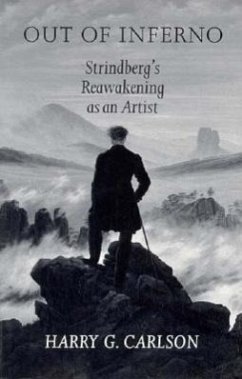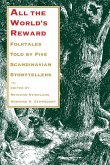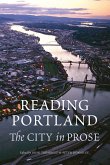In 1897 August Strindberg, almost fifty years old, embarked on one of the great comebacks in the history of literature. For six years he had lived as an exile in Germany, Austria, and France. Though more than twenty years earlier he had earned a place in Scandinavian literature, the general view in Sweden was that he was finished, his career over. Then, with the publication of Inferno, the novel that described some of the most harrowing experiences of his exile years, he returned swiftly to the center of Swedish literary life. In Out of Inferno Harry G. Carlson analyzes the reasons for Strindberg's collapse and subsequent reemergence as an influential modern writer. Strindberg's early success was as a realist, or Naturalist, writer in the 1870s and 1880s. Astute and politically conscious, Strindberg emphasized social relevance in his art. At the same time, however, he instinctively trusted his highly inventive "visions." The tensions and contradictions between realist and dreamer ultimately helped precipitate the collapse of his career in the Inferno years. Carlson explores Strindberg's struggle to redefine both his art and himself as an artist, and the influence on him of various intellectual trends in fin de siècle Berlin and Paris-occultism, alchemy, Orientalism, medievalism. After declaring himself finished with drama and fiction, Strindberg turned to an old love, painting, and sought out friends in avant-garde circles, among them Munch and Gauguin. His renewed interest in painting and in experiments in the powers of the visual imagination laid the groundwork for the radical experimentation of his later drama. In the extraordinary atmosphere of artistic ferment in Berlin and Paris, Strindberg's always sensitive visual imagination became recharged with energy, and the writer was inspired to return to work. The results in plays like To Damascus, A Dream Play, The Dance of Death, Erik XIV, and The Ghost Sonata amounted to a vision of drama that helped change the course of the modern theatre.
Hinweis: Dieser Artikel kann nur an eine deutsche Lieferadresse ausgeliefert werden.
Hinweis: Dieser Artikel kann nur an eine deutsche Lieferadresse ausgeliefert werden.







